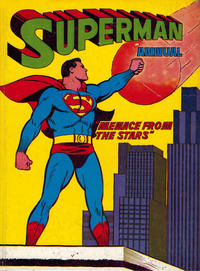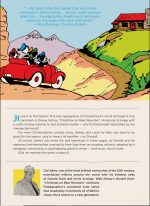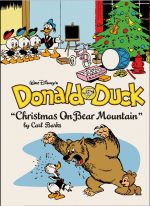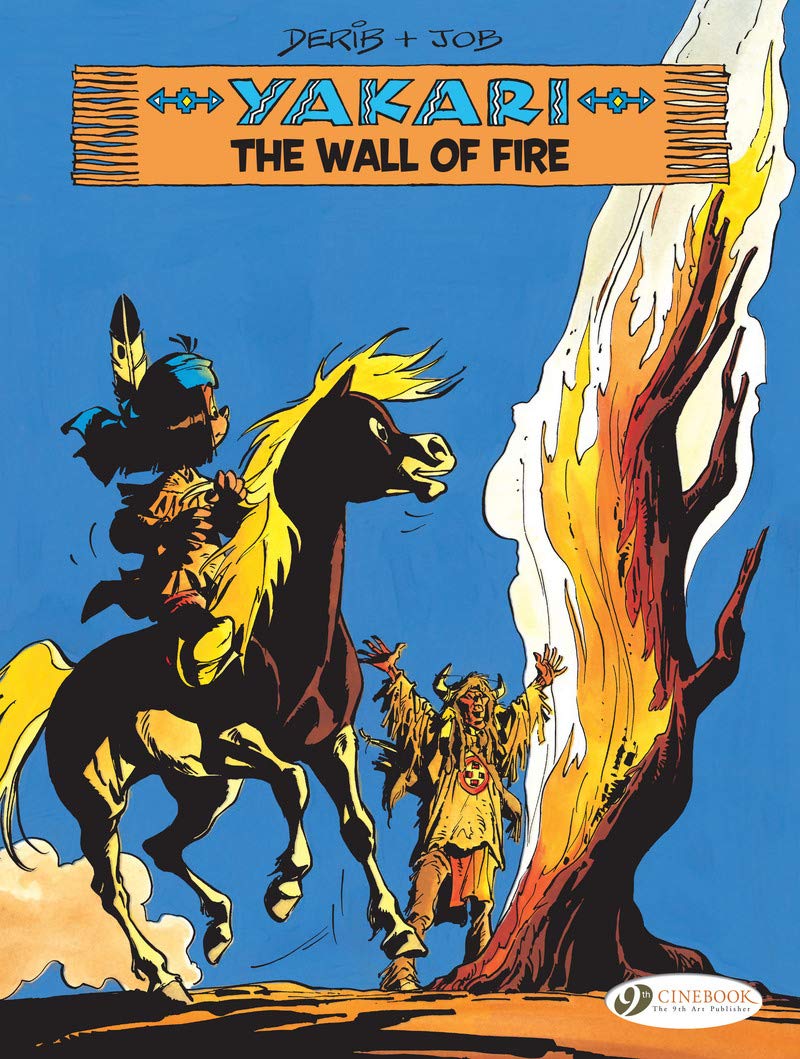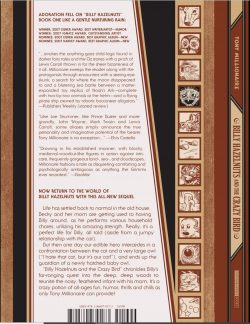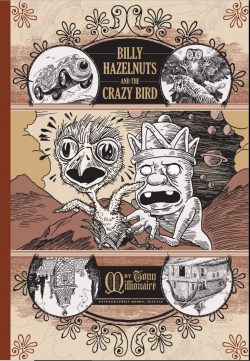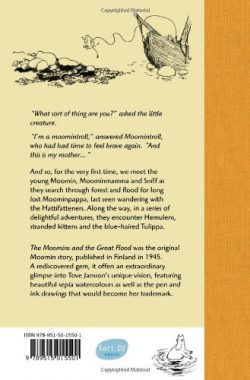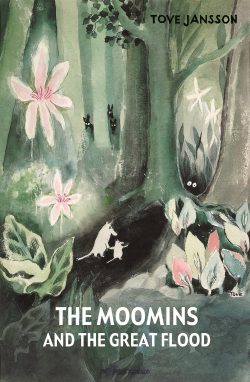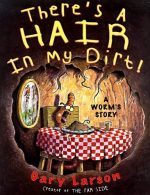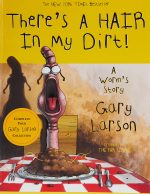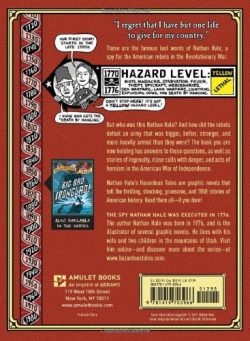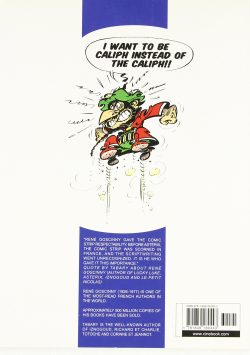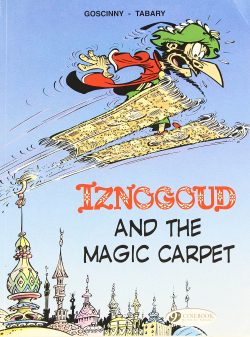
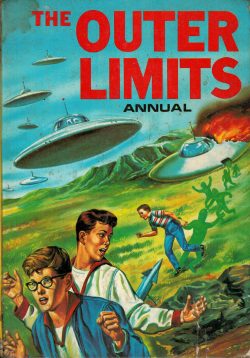
By Paul S. Newman(?) & Jack Sparling, & various (World Distributors {Manchester} Limited)
No ISBN. ASIN: B0042Q9PAE (HB)
British Comics have always fed heavily on other media and as television grew during the 1960s – especially the area of children’s shows and cartoons – those programmes increasingly became a staple source for the Seasonal Annual market. There would be a profusion of stories and strips targeting not readers but young viewers and more and more often the stars would be American not British.
Much of this stuff wouldn’t even be as popular in the USA as here, so whatever comic licenses existed usually didn’t provide enough material to fill a hardback volume ranging anywhere from 64 to 160 pages. Thus, many Annuals such as Daktari, Champion the Wonder Horse, Lone Ranger and a host of others required original material or, as a last resort, similarly-themed or related strips. That’s not the case here…
The Outer Limits launched in the USA on September 16th 1963, running until January 16th 1965: two seasons comprising 49 self-contained episodes of an anthological science fiction series with no returning stars where drama, suspense and uncanny situations beguiled paranoid, culturally shell-shocked audiences seeking a brief release from real-world threats like the Cold War and Cost of Living. Like contemporary rival show The Twilight Zone, it was sold all over the world and developed a fanatically devoted fanbase, thereby achieving a kind of immortality, with modern reboots and merchandising.
Comic book franchising specialist Gold Key produced a series of 18 issues spanning March 1964 to October 1969, running almost half a decade beyond the show’s cancellation (but presumably sustained by regional TV syndication). They were part of print monolith western Publishing whose Dell Comics, Gold Key, Big Little, Little Golden and Golden Press books for children were a staple of kids’ lives in America for decades.
Western Publishing was a major player since comics’ earliest days, blending a huge tranche of licensed material including newspaper strips, TV and Disney titles, (such as Nancy and Sluggo, Tarzan, or The Lone Ranger) with home-grown hits like Turok, Son of Stone and Magnus, Robot Fighter.
Their output was an ideal perfect source of material for British publishers whose regular audiences were profoundly addicted to TV and movie properties. For decades, Western’s comics from The Impossibles and Bugs Bunny to Voyage to the Bottom of the Sea and Star Trek filled our Christmas treats and also slipped in some original character concepts.
“All Killer and No Fillerâ€, this book – the second of two Outer Limits editions – was produced in a non-standard UK format, with full-colour for three American reprints and nothing else: no prose pieces, puzzles, games or fact-features on related themes. It looks and feels like it’s one from the wonderful Mick Anglo’s packaging company Gower Studios, however and I’m fairly certain the originals were scripted by prolific wonder Paul S. Newman (Dr. Solar, Man of the Atom, Space Family Robinson, Turok, The Lone Ranger)
There’s no doubt the illustrator was the uniquely stylish and equally prolific John Edmond “Jack†Sparling (Hap Hopper, Washington Correspondent, Claire Voyant, Doc Savage, Challengers of the Unknown, Unknown Soldier, Captain America) who in sterling fashion produced this trio of terrors…
‘The Dread Discovery’ debuted in quarterly issue #5 (April 1965) and is set in a NASA base where Peter Norton, with his pals Andy and Fred, accidentally shoot down a flying saucer with their model rocket. The kids’ parents all work on-base and are – eventually – delighted to meet the vessel’s occupant. FR-2 is a defector from his own people, arriving in advance of their invasion fleet and willing to give his life to save humanity…
The Outer Limits #6 (July 1965) recounted the saga of ‘The Mystery Moon’ wherein little Jim Burke is abducted by aliens when he exposes their seeming mission of mercy as a devious scheme to fling earth out of orbit. Luckily for humanity, the lad’s a lot smarter and more cunning than his kidnappers…
The brooding mystery and omnipresent menace conclude with ‘The Message from Space’ (#8, July 1966) as radio-astronomer Arthur Godderd decodes a communication from distant star 102 Beta and has his chemist chum Charles Dilling mix up the resulting formula. When sunlight hits the goo, it super-expands and attacks civilisation on multiple fronts. Seemingly unstoppable, the glob is only countered when all the previously warring nations on Earth act in unison in accordance with a crazy theory put forward by desperate Dr. Dilling…
Quirky but chilling, and always applying sound scientific principles to the most outlandish plot circumstances, this is a superb scare package for kids in the manner of Goosebumps and well worth a latter-day revisit.
© MCMLVX, MCMLVXI by Daystar-Villa Di Stefano-United Artists Television. All rights reserved throughout the world.

